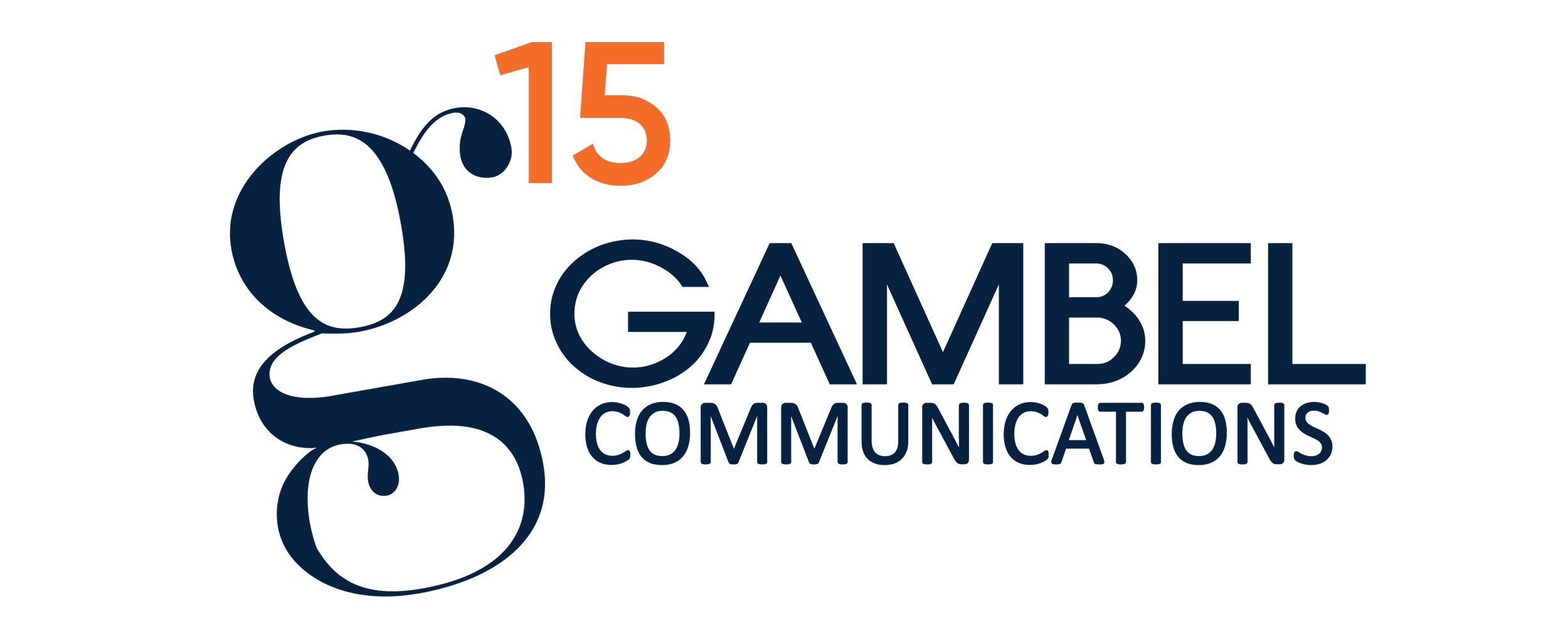Three Tips for Working with the Media
2020 changed the way we form and foster relationships – both professionally and personally. On a personal note, most of my friends and family are scattered across the country, so 2020 was truly the year of Zoom. On a professional note, I spent the entirety of last year living and working in the Twin Cities in Minnesota. In addition to the global pandemic, my community was greatly impacted in May by the murder of George Floyd and the subsequent aftermath. This meant that each professional relationship, with coworkers, clients and even the media, had to be approached with a sense of empathy and understanding as, often, attention was focused elsewhere. We’ve all seen what happens when PR pros don’t follow this – being tweeted about by a reporter remains one of my greatest fears.
So, as we continue with our lives inching back into this new normal, or as my colleague describes it, our centuries’ Roaring Twenties, how do we foster relationships with the media in a way that’s mutually beneficial?
1. Be Flexible
Last year, newsrooms were hit hard, and many publications are still operating with a trimmed down staff. When working with a reporter, flexibility is key. Someone who may have previously had time to coordinate a sit-down interview may now need to rely on clear, concise written answers or a quick phone call.
While headlines surrounding major topics such as the pandemic and civil unrest may have calmed down, last year showed us that the news cycle can shift at a moments’ notice. When pitching a story, be polite in your follow-ups and stay mindful of how often you’re reaching out! According to Muck Rack’s 2021 Sate of Journalism Report, 50 percent of journalists say it’s okay to send at least one follow-up email, while only 38 percent are fine with two or more.
2. Do Your Homework
Before reaching out to a media contact, do some research! What topics, or beats, do they typically cover? Do they often interview expert sources? If it’s an online or print contact, do they typically include visuals in the story? If you want to take it step further, do a quick scan of their social media channels, as well!
From there, use all this information to craft a tailored email, or pitch! Be deliberate in who you reach out to and what information you’re offering up – and don’t be afraid to get personal. If it feels natural, include a brief line introducing yourself or even sharing a comment on a recent story they just published. But please, PLEASE don’t do this.
3. Say Thank You
So, after you follow steps one and two and successfully secure a great story, don’t forget to say thanks! Sending a personalized thank you email goes a long way and consider giving the contact or publication a nod on social media, as well.
If this contact is one you anticipate reaching out to in the near future, keep in touch by following their social accounts, signing up for their e-newsletters or alerts and maybe even reaching out to just say “hey”! It can be easy to view media contacts as intimidating, but remember, they’re people too!



